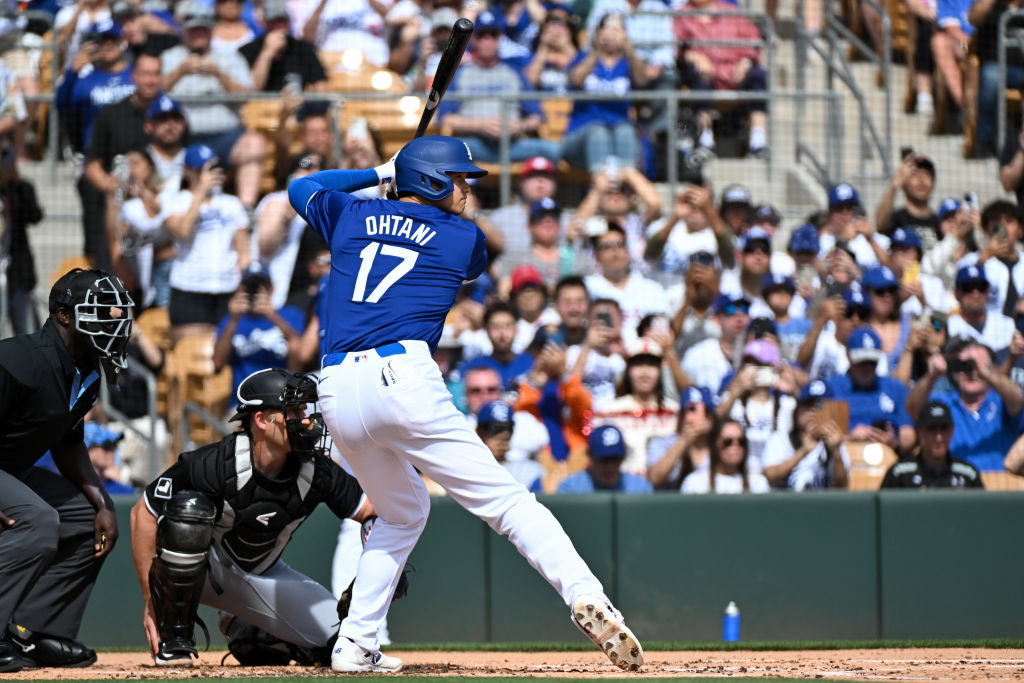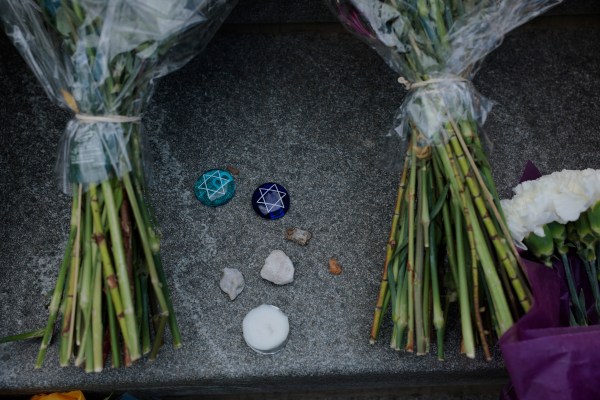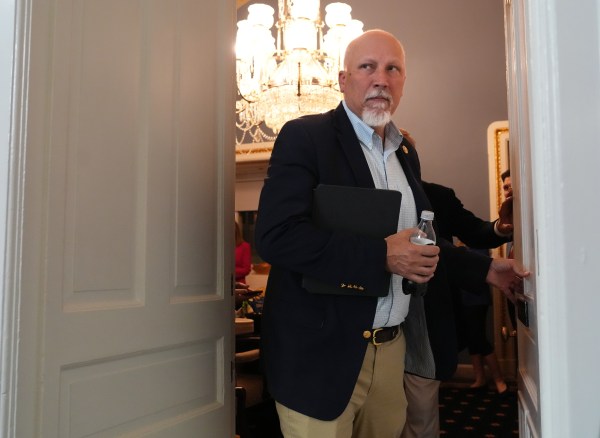Hope springs eternal when it comes to Major League’s Baseball spring training. Thirty teams report each February, all with an eye on October’s World Series trophy and their plan to get there. The warmth of their Florida and Arizona sojourns, interspersed with cracks of the bat and calls of “Let’s play ball” imbue clubs with confidence and verve. Or that’s at least the fantasy that baseball fans and purists wish were true. Crashing World Series ratings and absurd payroll disparities spin a different narrative.
Take the Los Angeles Dodgers, for example. They spent the offseason signing 2023 American League MVP Shohei Ohtani and star Japanese pitcher Yoshinobu Yamamoto to enormous contracts, among other high-profile free agent acquisitions. Some commentators have already handed them the World Series trophy. And when they play the instate Oakland A’s, it will be akin to a high school team playing against a local Little League team. That’s not how it’s supposed to be in professional sports, but MLB is a unique case. The Dodgers payroll is currently five times the A’s, and there are still players left to sign.
“Baseball has had the largest disparity in player payroll because they are the one league that does not have a revenue sharing deal with its Players Association,” said Marc Ganis, a well-connected sports consultant.
That’s a way of saying MLB does not have a salary cap, or a salary floor, which are set in the NFL, NBA, and NHL as a percent of revenue. In MLB there is no revenue sharing formula with the players, while there is a lite-lite type cap in the form of a luxury tax that assesses teams for going over certain payroll thresholds. That lack of guardrails creates enormous discrepancies: The Mets paid more than $100 million in luxury tax last year (and the tax is known as the Steve Cohen tax, named after the Amazins’ hedge fund owner), a figure higher than or equal to the 2024 payrolls of six teams, according to FanGraphs. The Mets have the highest payroll again this year at $315 million—$256 million more than the woebegone A’s at $59 million.
“The A’s are just a special case,” lamented Ken Rosenthal, a longtime baseball scribe and commentator for Fox Sports, as the second cheapest team is the Pittsburgh Pirates at $81 million. The A’s, who play before minor league-like crowds in their decrepit home ballpark, spent years trying to get a new venue in Oakland before last year turning to Las Vegas. While the state of Nevada has provisionally agreed to a stadium subsidy, that money is not entirely secure, and Las Vegas Mayor Carolyn Goodman recently said the A’s should stay in Oakland.
But the A’s are only the most glaring of the payroll disparities, and it’s important to note that payroll does not always dictate success. For starters, none of the top-three teams in terms of payroll last season—the Mets, the Yankees, and the Padres—made the playoffs. And among the seven teams at or below $101 million, three—the Baltimore Orioles, Miami Marlins and Tampa Bay Rays—did make the postseaon. And the Arizona Diamondbacks, projected to rank 17th in payroll this season, reached the ‘23 World Series (won by the Texas Rangers, ranked eighth in projected 2024 payroll spending).
“That can happen in baseball, but they’re the exception,” Ganis said of the large number of low payroll teams that made the playoffs last year.
Then there are the Dodgers, who dominated this offseason’s free agency with $1.2 billion in contracts, including Ohtani’s 10-year, $700 million deal that is largely deferred for a decade (the contract still counts $46 million this season toward the luxury tax). Combined with other signings, the Dodgers have a super team that would boast the No. 1 payroll if not for the Mets dead money—payroll paid to players no longer on the roster—and Ohtani’s deferred pay.
The other leagues pride themselves on their competitive parity. The NFL has its “any given Sunday” ethos, and regularly sees three or four new teams in the playoffs each year. The Detroit Lions were the feel-good story of the NFL season, ending a 32-year playoff victory drought and coming within a touchdown of a Super Bowl appearance. The NBA has less of a hard cap, but top teams this year include the Oklahoma City Thunder and the Minnesota Timberwolves, dregs in the recent past.
“You can be extremely competitive in the NBA staying within the salary cap,” Ganis said (teams can exceed the cap by re-signing their star players). The NBA also has more national media money than MLB, meaning the association’s teams rely less on local cash from attendance and sponsorships.
MLB owners of course would love a salary cap, but it’s a non-starter for the MLB Players Association. It’s a third rail topic, akin to calling for cuts in Social Security.
“It’s still a divisive issue in the game,” Rosenthal said.
Ironically, as a share of revenue, the percentage that MLB owners will pay out to players is not far off what the other leagues pay—it’s even a few percentage points lower, Ganis said.
Some teams in these leagues—except the NFL—are also tightening their belts following the difficulties of regional sports networks (RSNs), which have been hard hit by cord cutting. The owner of Bally Sports Regional Networks, home to 18 RSNs covering roughly three dozen NHL, MLB, and NBA teams, is in Chapter 11 proceedings. AT&T last year exited the RSN business, leaving the Colorado Rockies currently without a TV home
The RSN crisis has opened another divide in MLB between those teams with solid cable contracts and those without. The New York Yankees, Boston Red Sox, Dodgers, Houston Astros, and Chicago Cubs all own a piece of their RSNs. These teams reside in large markets where the audience is big enough to justify healthy rights fee payments to the clubs while the teams capture the upside in the media outlets.
Lower down the food chain are small and middle market teams that must make due with smaller and declining rights fee payments from RSNs, or in cases so far with the Rockies and Arizona Diamondbacks, no RSN relationship. The Texas Rangers—the defending World Series champs, remember—have curtailed their offseason spending because of a reduction in local media money stemming from the Bally Sports bankruptcy.
Some teams are taking new risks, like signing young, unproven but highly touted players to long-term deals that are rich but not too rich. If the player emerges as a star then the club gets him at below market rate. If he flops, the contract is an albatross. The Yankees spit out failed mega-contracts like watermelon seeds; a small market team chokes on one.
So get excited for spring training and the season, but the Los Angeles Dodgers probably have it in the bank. And that’s because they acted like a bank.






Please note that we at The Dispatch hold ourselves, our work, and our commenters to a higher standard than other places on the internet. We welcome comments that foster genuine debate or discussion—including comments critical of us or our work—but responses that include ad hominem attacks on fellow Dispatch members or are intended to stoke fear and anger may be moderated.
With your membership, you only have the ability to comment on The Morning Dispatch articles. Consider upgrading to join the conversation everywhere.